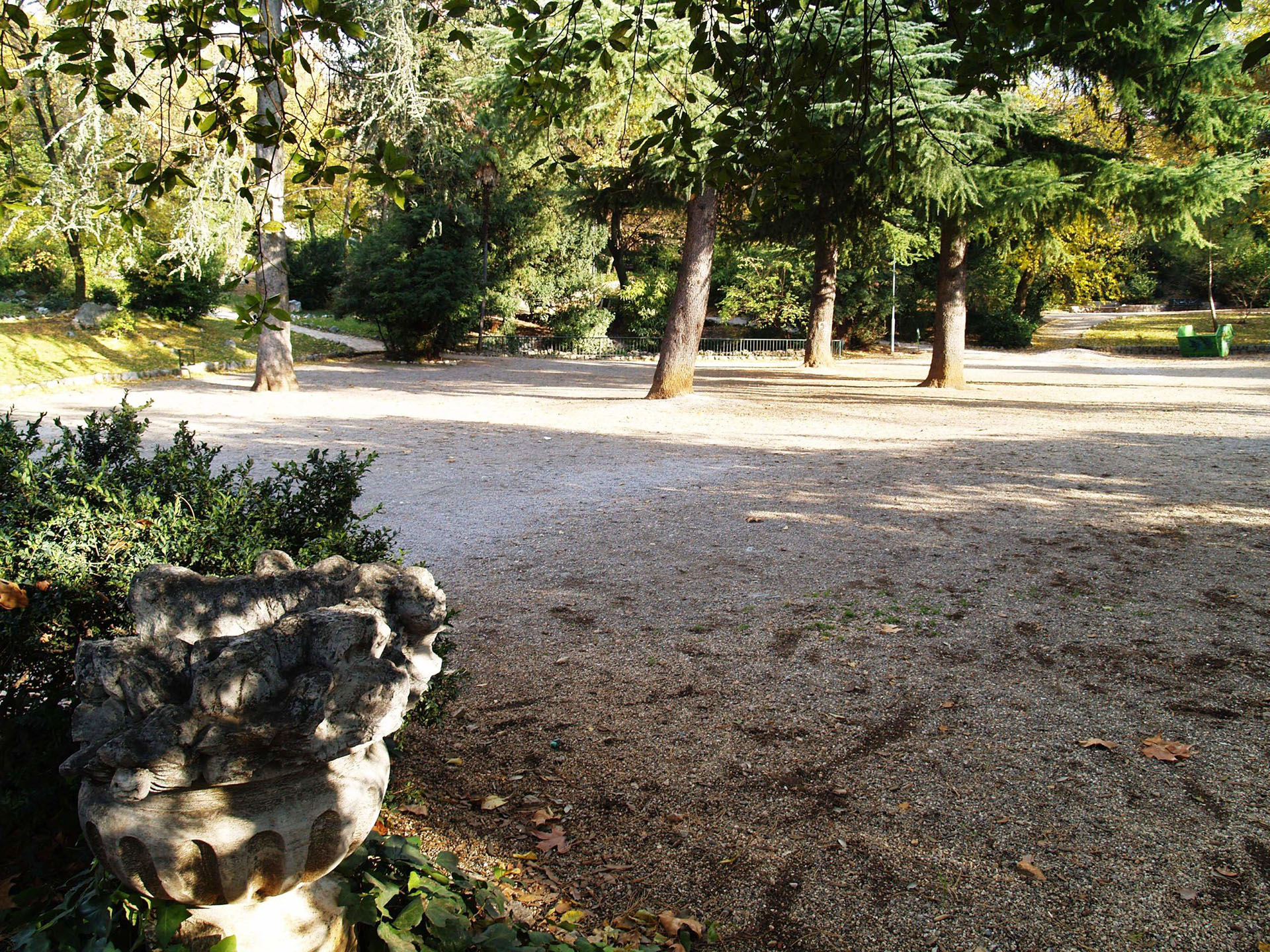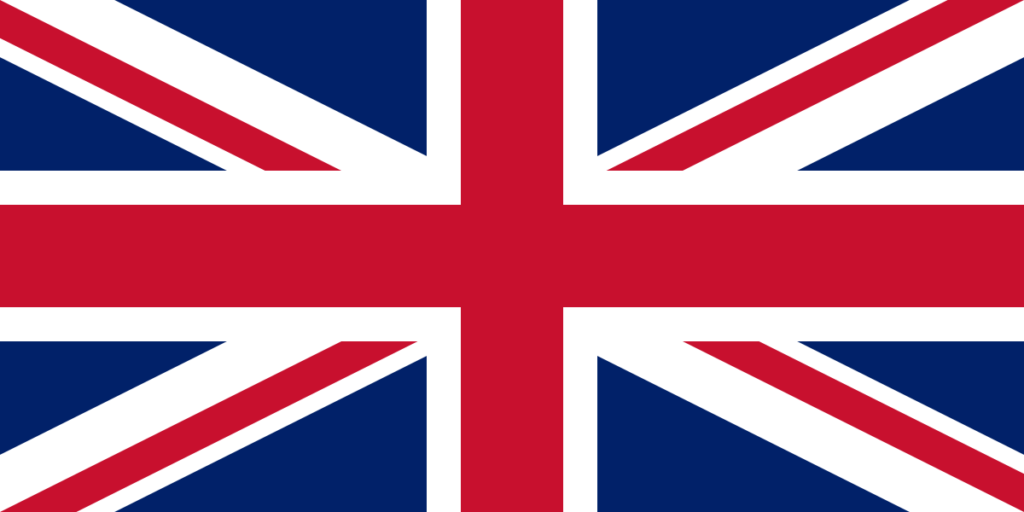Mlaka Park, also known as Giardino Pubblico, is one of the oldest and most beautiful parks in Rijeka. It was designed in 1874 by Filibert Bazarig, PhD as indicated bybased on the proposals of Rijeka’s mayor at the time, Giovanni Ciotta as a kind of frontier between the city centre and the western suburbs as well as the announcement of the historical centre for those arriving from that direction into the centre.
Originally a spacious park irrigated by natural resources, it was once a favourite popular meeting point, although today it occupies a smaller area due to the construction of buildings that have been constructed around it in its surroundings over time. In spite of its reduced size, this park located close to the train station, is still a pleasant place for relaxation and walking.
Mlaka Park, better known by the name of Giardino Pubblico, is one of the oldest and most beautiful parks in Rijeka. It was designed in 1874 by Dr. Filibert Bazarig according to the suggestions of Mayor G. Ciotta on a property that had been purchased from Baron Juraj Vranyczany by the then local government. The property was rich in freshwater springs, which was probably why Mayor G. Ciotta chose this area as the location for the park. The part of the city known as Cecilinovo, which was named after the old Chapel of St. Cecilia, the patron saint of music, was built by a creek flowing eastward from the springs and through the park.
The park, with an area of 37,000 m2, sprang up on a south-facing sun-bathed slope sheltered from the bora (a dry, cold wind) and it was divided into two parts. The main entrance to the park was accessed from the present Krešimir Street, which was then known as Corsia Deak.
The upper slopes of the park were primarily covered in the existing downy oak and laurel forests.
The layout and spatial composition of the upper park reveal three terraces at various altitudes. Between the largest lower and the second middle terrace, beneath a slope covered in laurel and laurestine, there used to be an elongated goldfish basin edged with broken natural stone. A single redwood tree grew on each side of the basin, while a few old and picturesque cedar trees towered on the western edge of the largest terrace.
The lower part of the park, as envisioned by the architect Dr. F. Bazarig, was enclosed in an ornate fence with a wrought-iron gate. Beyond the fence, grassland with flower beds, enclosed in a semicircle of tall vegetation, sprawled across a water-carved and filled terrain.
For years, Mlaka Park, which is located in between two city zones, was the most popular meeting place in the city and a place to be seen, as well as a venue for promenade concerts, May Day workers’ rallies or pupils’ and students’ study sessions.
Over time, the park’s active role in city life has dwindled. A community centre, the present-day “3rd of May” union hall, was built on the western edge of the park in the 1930s, while the new recreational centre of the INA Oil Company was built on the eastern edge in the 1960s.
The park underwent a major overhaul in 1951, following the construction of a new road that bypassed the industrial zone in the western part of the city. The architects Zdenko Sila and Zdenko Kolacio oversaw the renovation of the lower part of the park, while the upper part has maintained its appearance from the Austro-Hungarian era.

